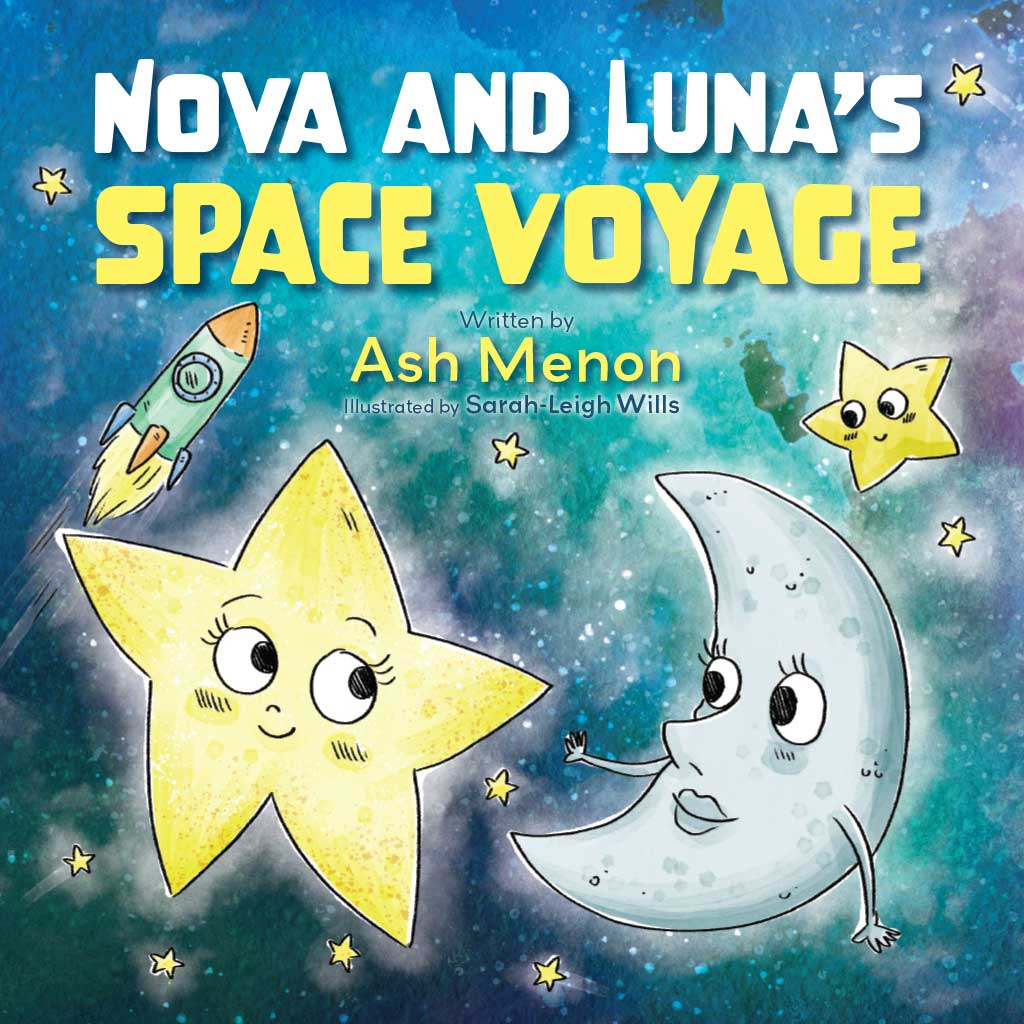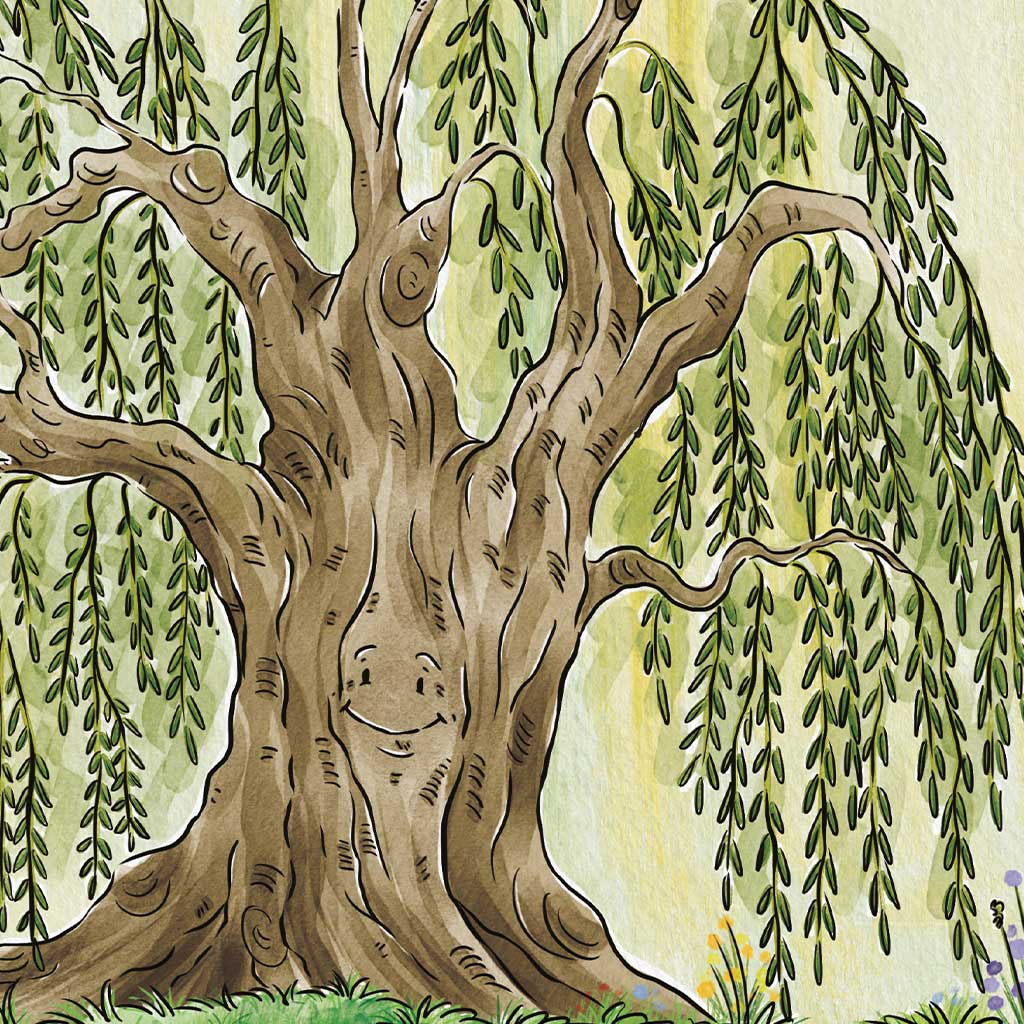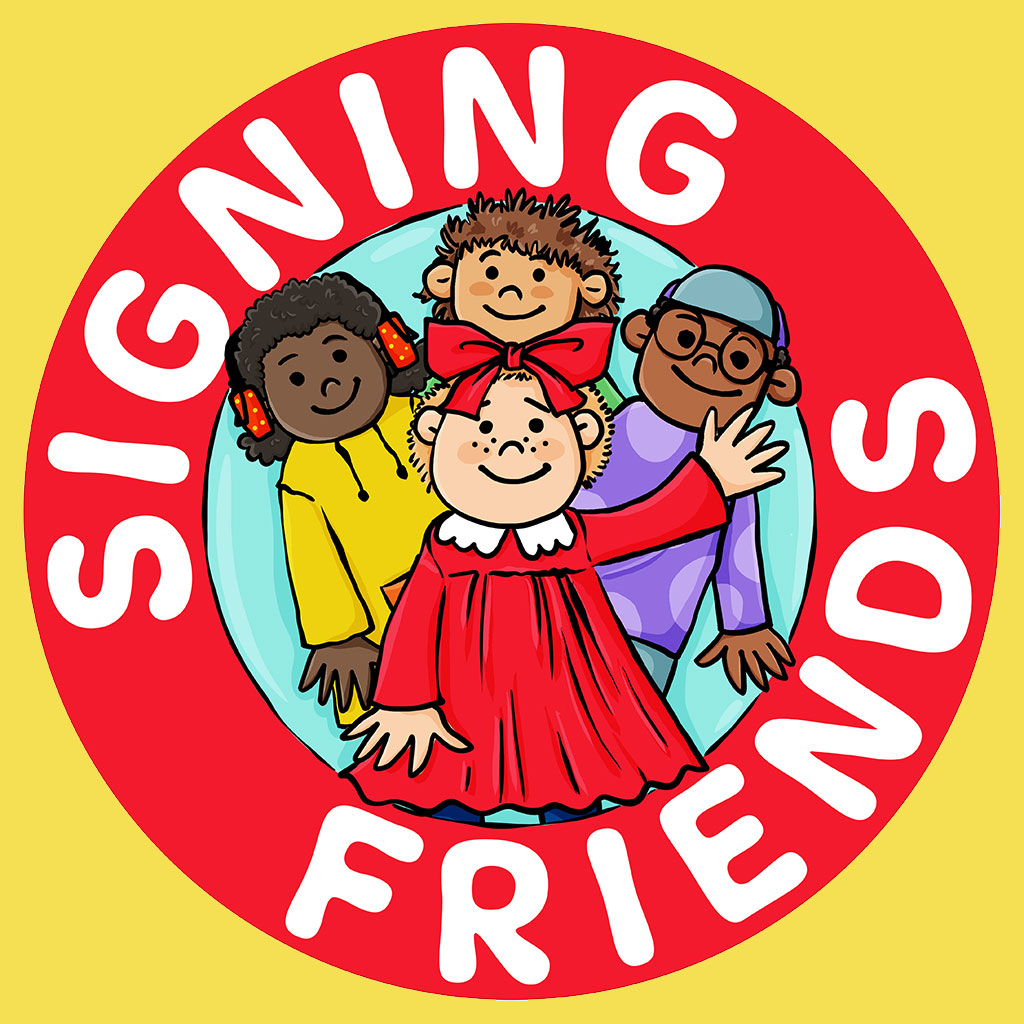 Comics have been the most noticed, popular but least appreciated forms of art. The comic is targeted at a wide range of genres. These include action, romance, adventure and humour.
Comics have been the most noticed, popular but least appreciated forms of art. The comic is targeted at a wide range of genres. These include action, romance, adventure and humour.
Action comic books are formed from a combination of the newspaper comic strips and pulp fiction. They present visions of strength, heroism, secret powers and speed. They are aimed at offering adventure, excitement and fantasy. Comic books made their appearance in the mid 1930’s. These were humour comics that were sold on small newspaper stands 01. But there soon came extreme pressure to include adventure material within the pages. The genre made new demands on the comic book artists and publishers. Artists started to favour a more representational style, figurative art, bold lettering, strong colours and artists started becoming more ambitious towards action strips. They started to challenge the traditional layout in terms of concept and content. The emphasis was again based on simplicity. The action comic book developed a different aesthetic. The first idea based around this was a character in the first ‘Action Comics’ in June 1938 02. Superman was the first superhero by National Periodicals, which later changed their name to the better known DC Comics in 1940. In this decade of action comics the genre target was children. But the comics often contained political and social themes therefore were also targeted at an older audience. These new comics proved that action stories were as successful as the humour strips. The humour newspaper strips were struggling to contend with the new development of the action comics which were becoming more and more in demand by the genre. DC Comics along with rival Marvel Comics had over taken the comic world by storm, later becoming America’s two best leading brands. These two major companies have wiped out many small adventure comic companies and publishers in their time but still remain the two biggest comic companies.
In the early 1940’s the action superhero comics were a unique visual rarity. The brightly coloured covers and action packed stories were irresistible. The new creation of the superhero controlled the pages of the early comics. This resulted in later becoming their own comic stars, having their own comic book range. These superheroes were drawn as muscular men. Strong, courageous, performing remarkable heroic rescues. The costumes are bright and eye catching. Children could only dream and fantasise about growing up to be like one of these amazing heroes.
Superhero comics are almost predictable. Their story lines of the good guy defeating the evil world threatening villain are almost unrewarding, as they are the same all the time. This helps the reader understand what to expect and why. Each genre has its own customs. Crime novels for example read similarly. We expect a crime, an inspector, mystery, an investigation and a solution. This is the same as the superhero comic. When we read it we expect a strapping hero, a villain, a fight and victory for the hero.
Many of the heroes of today have survived over fifty years of publication. Undergoing many physical and critical changes, but still maintaining the key components, for example their morals and style. The genre craves the fantasy of action and adventure. The dangerous missions and the divine personalities all provide firm inspiration. The superheroes are characterised either as a hero with extreme strength and ability or as ‘one of us’. Heroes are honourable, heroic and tough characters. They have strong body language and postures symbolising masculinity. These are better known as establisment figures, an act to follow, showing how they are developed to be indestructible.
Superheroes as many things in life have evolved with time. Their image especially has changed particularly with the influence of self-esteem, body building and masculinity. Emotions and sentiments are a weakness usually the heroes care for a loved one or family resulting in pain or sorrow. The female often is used as the victim and is saved by the male hero. This is evidence that masculinity is a principal concept of distinguishing an enduring hero. Male and masculine are distinct examples of how effectively a superhero uses mind and muscle. Gaining public recognition by using authority and self-sufficiency.
– Post Written By Sarah-Leigh Wills 2014 – Taken from my Dissertation: ‘Is the ‘Marvel Misfit’ a better role model than the traditional superhero?’ Written February 2007.
Image References:
http://hdw.eweb4.com/search/spiderman/




